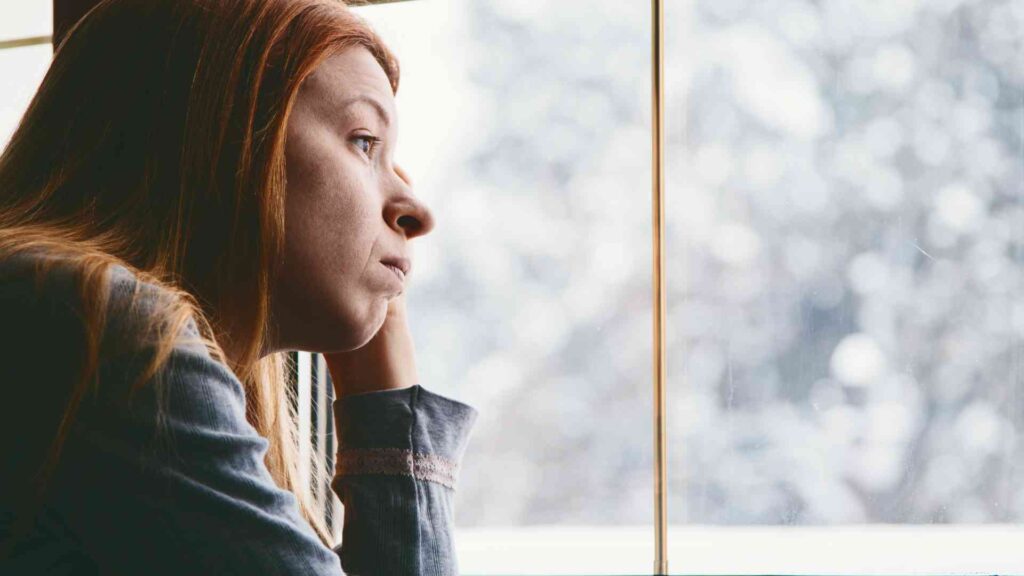Discover comprehensive information for all aspects of sexual health and find resources and guidance to empower your sexual well-being.
Feeling nervous about sexual performance, known as Sexual Performance Anxiety (SPA), is pretty common. But…
Discover comprehensive information for all aspects of sexual health and find resources and guidance to empower your sexual well-being.
Feeling nervous about sexual performance, known as Sexual Performance Anxiety (SPA), is pretty common. But…
Erectile dysfunction (ED) is a condition that affects many men worldwide, leading to significant stress,…
Erectile dysfunction (ED) means having trouble getting or keeping an erection that’s good enough for…
Prostate health is a critical concern for men, especially as they age. The prostate gland…
Erectile dysfunction (ED) is a condition that many men face at some point in their…
Erectile dysfunction (ED) is a common condition that affects millions of men worldwide, causing distress…
Commitment issues can often manifest in romantic relationships, work, and other personal or professional spheres.…
We often feel dull or sad during winter for no reason at all. Sometimes it is just mild “winter blues” but, when the feeling doesn’t go away and gets worse, it might be something known as Seasonal Affective Disorder (SAD).
Winter blues are different from SAD because SAD impacts your daily life, affecting your mood and thoughts. The good news is that there are treatments available to help you cope with this difficult period.
Table of Contents
ToggleSeasonal Affective Disorder (SAD) is a form of depression linked to seasonal changes. It usually begins in the fall, lasts through the winter, and saps your energy, making you feel moody. Symptoms often improve in spring and summer.
Occasionally, SAD can lead to depression in the spring or early summer, resolving in the fall or winter.
Related: Depression: All You Need To Know
Most of the time, symptoms of seasonal affective disorder (SAD) emerge in late fall or early winter and improve in spring and summer. Less commonly, some people experience symptoms starting in spring or summer. In both cases, symptoms may start mild and worsen as the season progresses.

Signs and symptoms of SAD may include:
For Fall and Winter SAD:
For Spring and Summer SAD:
Researchers don’t know the exact cause of seasonal depression. It’s believed that a lack of sunlight might trigger it in susceptible individuals. Various theories suggest:
Less sunlight shifts your internal clock, which controls mood, sleep, and hormones. This disrupts your daily routine and makes adjusting to changing daylight difficult.
Neurotransmitters like serotonin, responsible for happiness, communicate between nerves. Those at risk may already have low serotonin activity. Less winter sunlight worsens this, causing further serotonin drop and leading to depression.

Sunlight boosts vitamin D production, which elevates serotonin. Winter’s reduced sun can result in a vitamin D shortage, affecting serotonin and mood.
Related: Vitamin D Deficiency: All You Need To Know
Sunlight absence may lead to excess melatonin production, affecting sleep and mood, and making you feel lethargic in winter.
Individuals prone to seasonal depression often experience stress, anxiety, and negative winter thoughts. Researchers are unsure if these thoughts cause or result from seasonal depression.
Pay attention to signs and symptoms of seasonal affective disorder (SAD). Just like other forms of depression, if left untreated, SAD can worsen and result in issues like:
Seasonal Affective Disorder (SAD) is most prevalent among individuals aged 18 to 30 and those assigned female at birth. Additionally, you face an increased risk if:

Your healthcare provider will discuss various treatment options with you. You might require a combination of treatments, which could include:
Preventing the initial episode of SAD may be challenging, but once your healthcare provider diagnoses seasonal depression, you can take steps to manage it and potentially avoid its recurrence.
Some individuals find it beneficial to initiate treatment before the usual fall or winter onset of symptoms and extend it beyond the usual resolution period. Others may require ongoing treatment to maintain symptom prevention.
Seasonal Affective Disorder (SAD) is a recurring form of depression, typically occurring in a specific season, often in winter. Common symptoms include low energy and feelings of hopelessness. The good news is that treatment is available for this seasonal depression. Don’t hesitate to reach out to your healthcare provider; they are here to assist you.
References:
Dr. Nishtha, a medical doctor holding both an MBBS and an MD in Biochemistry, possesses a profound passion for nutrition and wellness. Her personal journey, marked by significant struggles with physical and mental health, has endowed her with a unique empathy and insight into the challenges countless individuals face. Driven by her own experiences, she leverages her background to offer practical, evidence-backed guidance, empowering others on their paths to achieving holistic well-being. Dr. Nishtha truly believes in the interconnectedness of the mind and body. She emphasizes the significance of understanding this connection as a crucial stride toward attaining balance and happiness in life.


2 Comments
Everything is very open with a very clear clarification of the challenges. It was really informative. Your site is extremely helpful. Thank you for sharing!
Thank you for your appreciation !